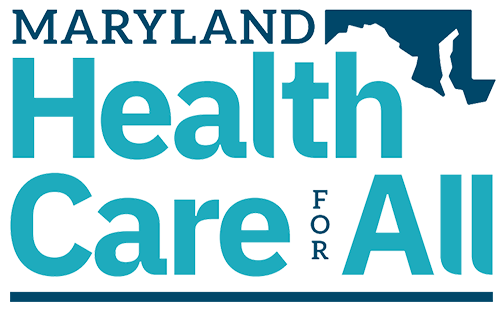Scientific American
Kunmi Sobowale
July 1, 2017
The woman disappeared. She had been coming to our group therapy sessions for months, and suddenly she stopped. Other group members told me why: she had been beaten so badly by her husband that she ended up in the hospital. The assault happened while her husband was, to use a too dainty phrase, “under the influence” of alcohol. I wish this were an isolated incident, but alcohol is a common instigator of violence against others, as well as harm to oneself.
This link between alcohol and violence has been shown in multiple countries. In 1998 the Bureau of Justice Statistics reported that in the U.S., two thirds of violent attacks on intimate partners occurred in the context of alcohol abuse. Drinking increases the perpetration of physical and sexual violence. Alcohol use also reportedly increases the severity of violent assaults. Although drinking alcohol does not always lead to violence and is not a prerequisite for violence to occur, the link between alcohol and violence is undeniable.
The victims are overwhelmingly women. But children are also harmed. Parents who drink heavily are more likely to physically abuse their child. Youngsters who live in neighborhoods with more bars or liquor stores are more likely to be maltreated. In fact, one of out every 10 instances of child abuse reported to child protective service agencies in the U.S. involves alcohol use.
Violent, drunken men fall victim, too. They are as likely to die from alcohol-related firearm incidents as drunk-driving accidents. For all the effort put into preventing drunk driving, we have utterly failed to appreciate that being intoxicated while in possession of a firearm is an equally dangerous situation. Nevertheless, many states permit customers to carry firearms into establishments that serve alcohol.
As a mental health care provider, I also commonly see patients under the influence who contemplate or try suicide. Suicide attempts are often impulsive acts. When sober, many patients regret these efforts to take their own life. Unfortunately, alcohol intoxication increases the risk that people will attempt suicide with a firearm, and because guns are the most lethal suicide method in the U.S., it is often too late for regrets.
How do we break this deadly connection? As doctors, we should always ask about alcohol use, violence and access to firearms, simply to raise awareness among our patients. But there is another strategy that would be highly effective: raise alcohol taxes. Yes, alcohol is taxed, but the taxes have not kept up with inflation, making drinking more affordable than it has been in decades. Evidence shows that driving the price up would lower drinking’s tragic human cost.
An analysis incorporating results from 112 different studies found that raising the price of alcohol decreases alcohol consumption. People living in states with higher alcohol taxes are less likely to binge drink. In 2011 Maryland increased their alcohol sales tax by 50 percent. The tax was associated with a decrease in the purchase of alcohol in the state. Compared with other U.S. states, there was much less drinking. Further, there were additional benefits, such as fewer cases of gonorrhea in the state. Similar results were found in Illinois. Indeed, the effect of increased alcohol taxes on curtailing violence has been shown in many studies.
Compared with other approaches to violence prevention, higher taxes on alcohol seem more politically feasible—certainly they will get more support than gun-control measures. Taxes are more effective than most other alcohol-consumption interventions, and they garner revenue for local governments. States can use that money to support programs that aid victims of violence. Taxation also drives down youth drinking, which, in turn, lowers the chance that young people will grow into heavy drinkers. One common argument against taxing alcohol is that it disproportionately affects poor people—but a recent study in the journalPreventing Chronic Disease suggests that is not true. Moreover, in general, evidence suggests that less alcohol access does not lead people to use other drugs.
If policy makers are serious about violence prevention—to say nothing of reducing car and other accidents—they need to reduce alcohol use. Taxation is a simple and powerful way to do so.
Last modified: July 20, 2017

